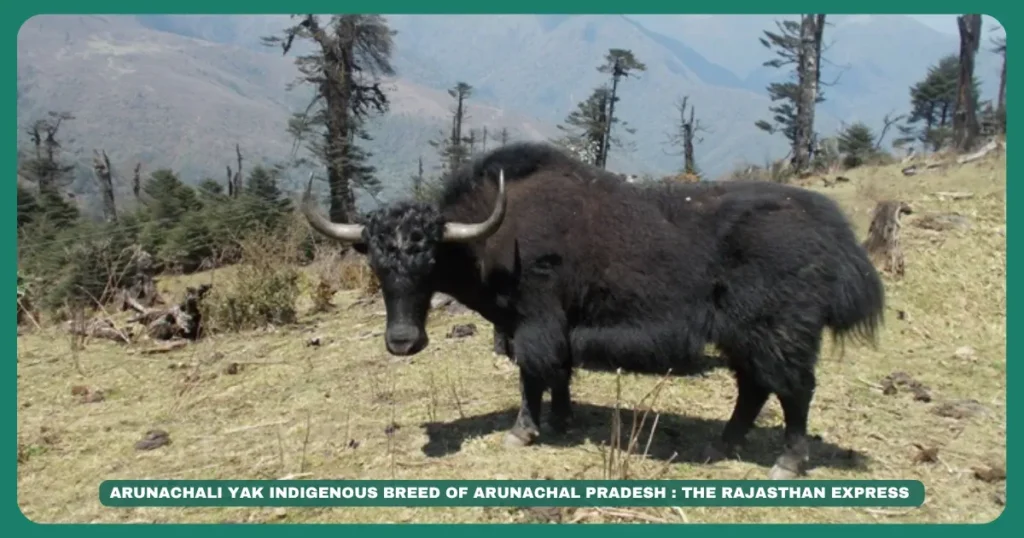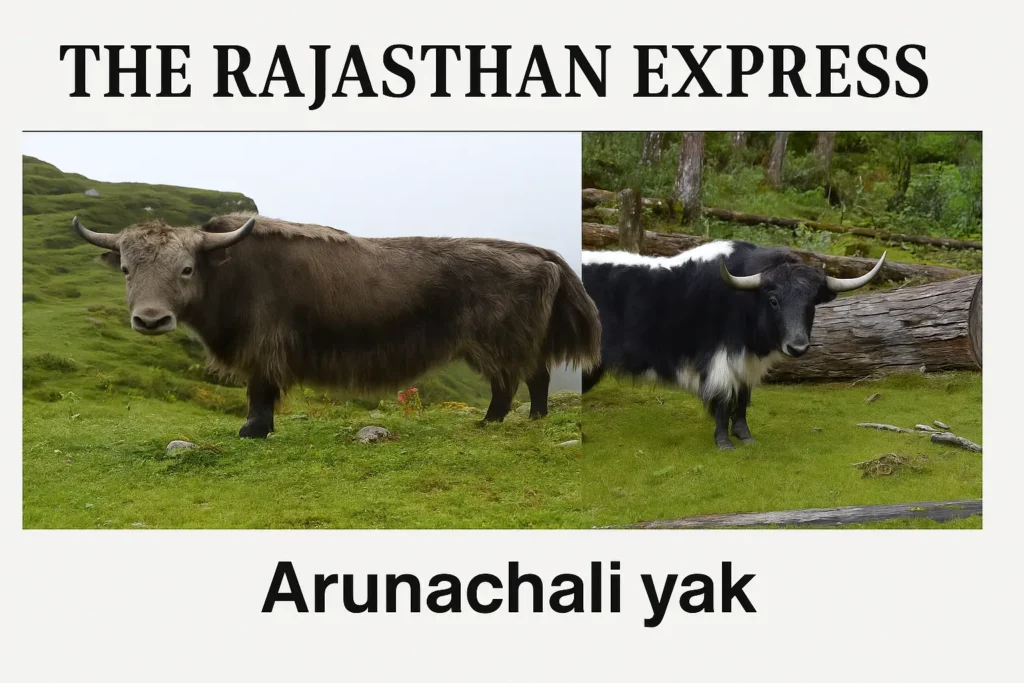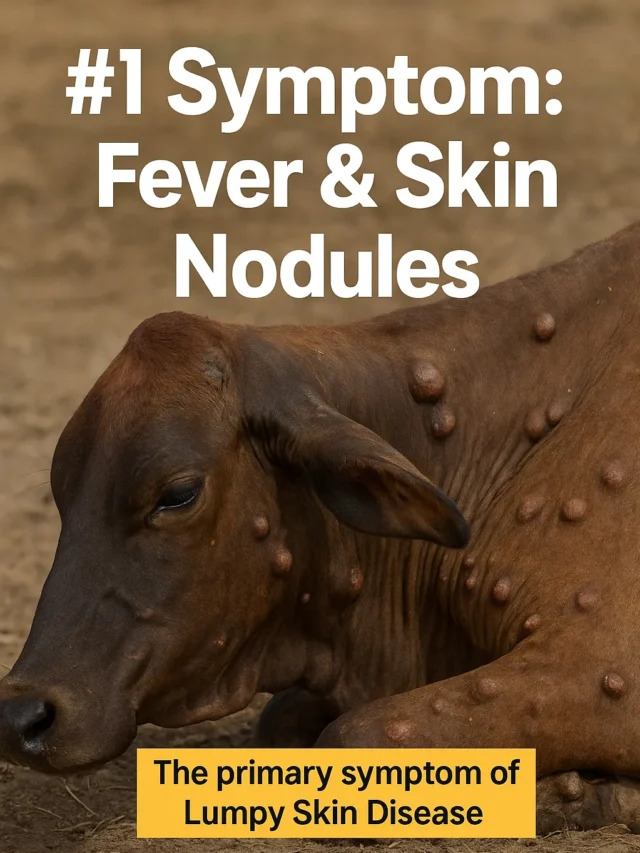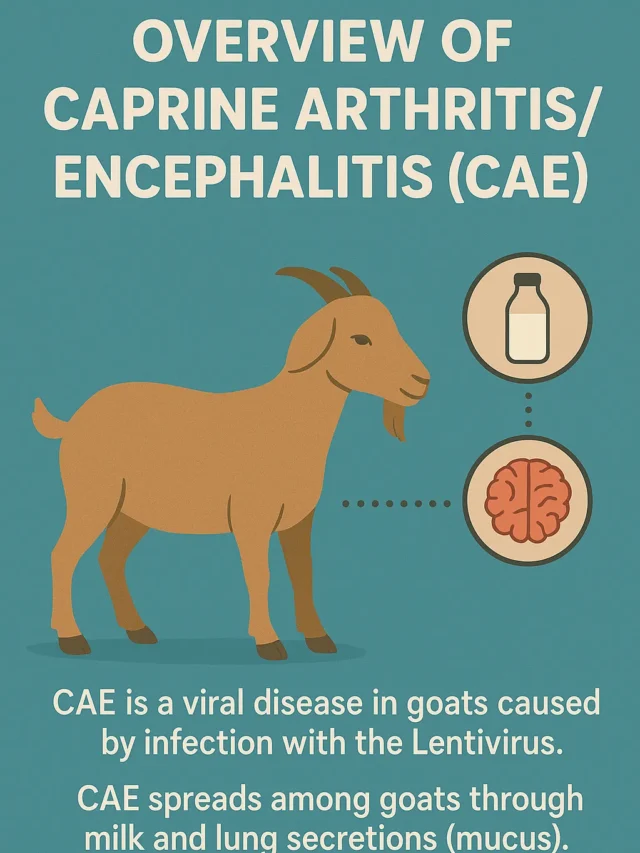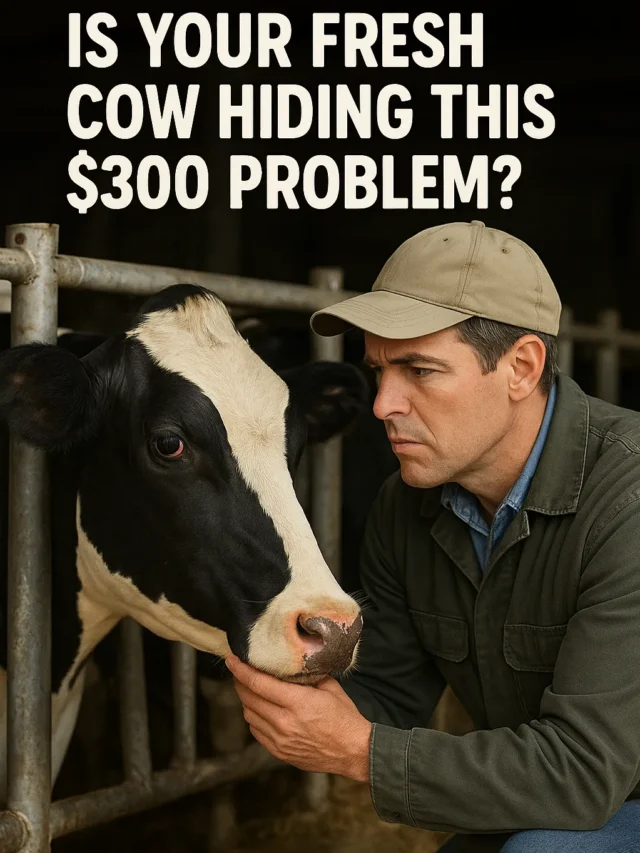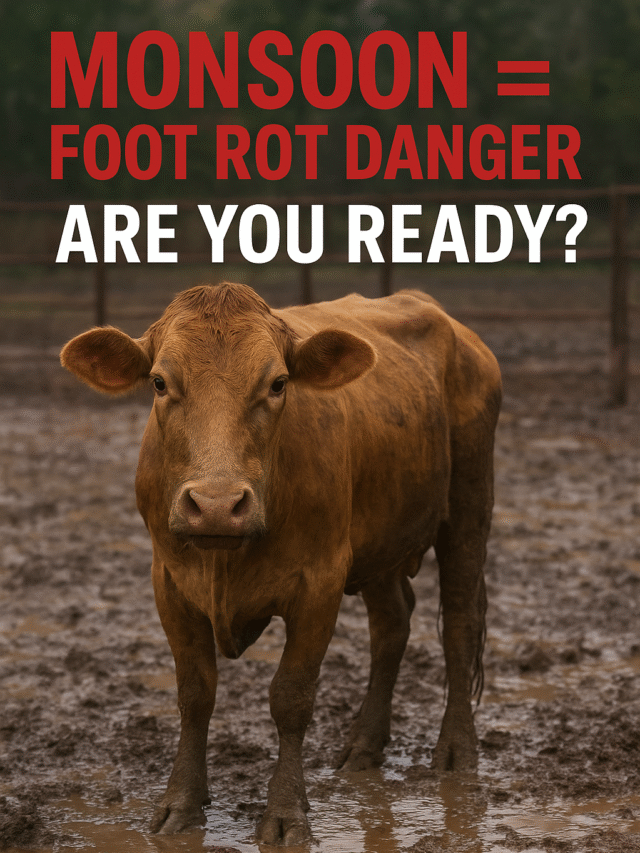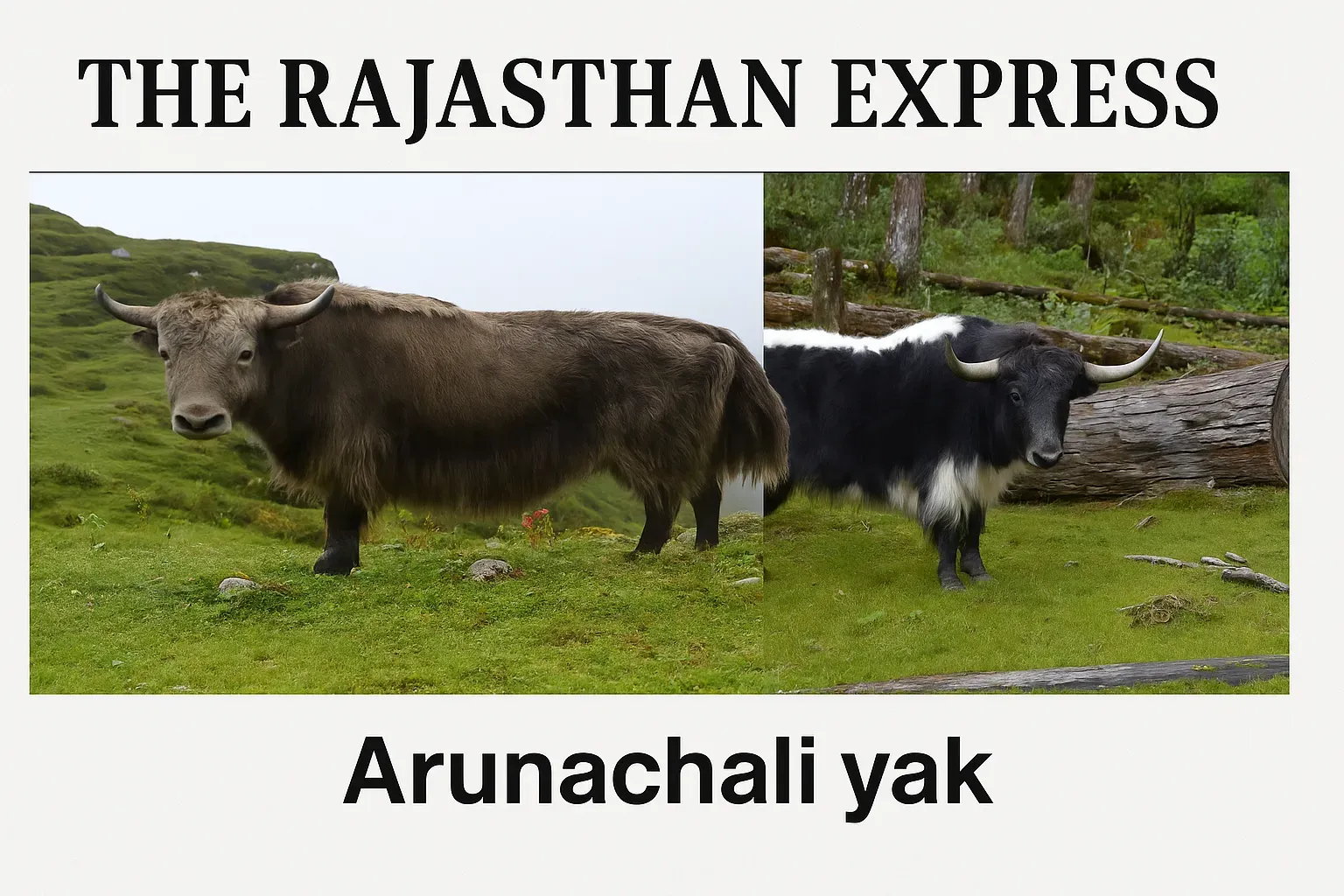| Conservation Status | Not Registered / Monitored |
|---|
| Scientific Classification | - Domain: Eukaryota
- Kingdom: Animalia
- Phylum: Chordata
- Class: Mammalia
- Order: Artiodactyla
- Family: Bovidae
- Genus: Bos
- Species: Bos grunniens (Domestic Yak)
- Binomial Name: Bos grunniens Linnaeus, 1766
|
|---|
| Breed Type | Dual-purpose (Milk, Meat, Fibre, Draught) |
|---|
| Alternate Names | Arunachali Yak |
|---|
| Origin | Indigenous to Arunachal Pradesh, India |
|---|
| Distribution | - West Kameng District (2 community development blocks)
- Tawang District (all 6 administrative blocks)
- Altitude Range: 3,000 – 6,000 meters above MSL
- Coordinates: Longitude 90°15′ – 92°40′; Latitude 26°54′ – 28°01′
|
|---|
| Breed Composition | Domesticated yak, likely descended from wild yak (Bos mutus) |
|---|
| Physical Traits | - Color: Predominantly black; some have white markings
- Horns: Two horns, curved or pointed in various directions
- Body: Medium-sized, compact; short, stocky legs
- Head: Convex with prominent poll and horizontal ears
- Hair: Long hair on brisket, belly, ribs, limbs; down coat and coarse fibre
|
|---|
| Performance Metrics | - Average Body Weight: Male: 416 kg, Female: 262 kg
- Average Height: Male: 111 cm, Female: 94 cm
- Heart Girth: Male: 170 cm, Female: 143 cm
- Body Length: Male: 160 cm, Female: 135 cm
- Birth Weight: Male: 13.8 kg, Female: 13.2 kg
|
|---|
| Reproductive Traits | - Age at First Parturition: 43–45 months
- Parturition Interval: 15.8–17.4 months
- Litter Size: Single
|
|---|
| Milk Production | - Lactation Yield: 120–224 kg (Average: 185 kg)
- Milk Fat: 4.5–9.8% (Average: 7.45%)
|
|---|
| Fibre Production | - Annual Fleece: 0.65 – 1.85 kg (Average: 1.5 kg)
- Fibre Type: Coarse/Carpet; Down fibre with 16–20 µm diameter
- Clipping Age: 12 months (0.5 kg per animal)
|
|---|
| Notable Product | - Yak Churpi: First Indian yak milk product with GI tag
- Producer: Brokpa community (traditional herders)
- Description: Naturally fermented, protein-rich, staple food in tribal diets
- Cultural Role: Integral to tribal heritage, used in curry or with rice
- Institution: GI application by ICAR-NRC on Yak, Dirang
|
|---|
| Meat Production | Used for meat; weight loss of 20–30% occurs during winter scarcity |
|---|
| Breeding Traits | No herd book or breed society; extensive breeding through traditional pastoral system |
|---|
| Adaptability | Adapted to extreme cold (-40°C to 10°C), high altitude, and hypoxic conditions |
|---|
| Management | - System: Extensive, Transhumant
- Feeding: Alpine pasture grazing, fodder crops, grains, tree leaves
- Winter Management: Herds migrate back near homesteads due to snow
- Yak Rearers: Brokpa community; process milk into ghee, churpi, butter
|
|---|
| Population | - Population (2012): 14,061 (Source: 19th Livestock Census)
- Population status unregistered in herd books
|
|---|
| Breed Peculiarity | - Horizontal ears are a distinct trait
- Down fibre more valuable than coarse fibre; in demand from young calves
- Very low twinning rate (0.25–0.5%)
|
|---|
|
